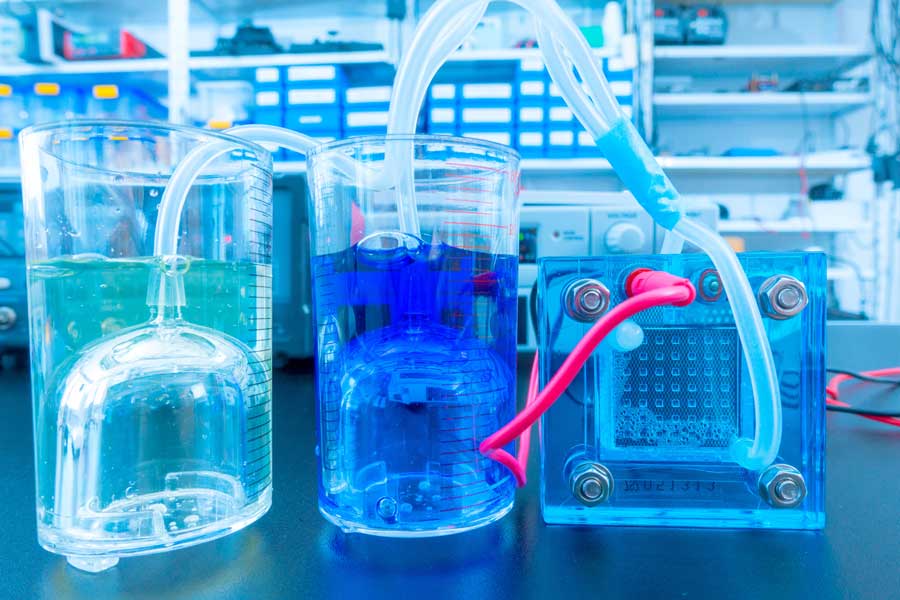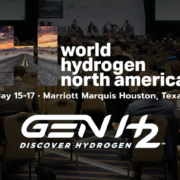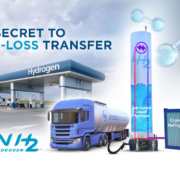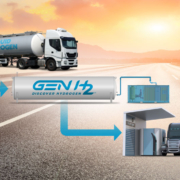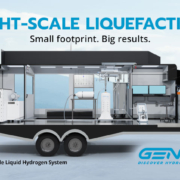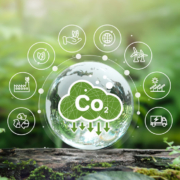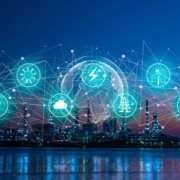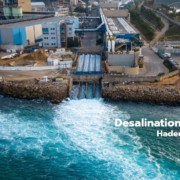Hydrogen A to Z Series: E For Electrolysis
By: GenH2 Staff
Read Time: 3 minutes
H2 is for Hydrogen, Defining the Hydrogen Economy from A to Z: E is for Electrolysis
Continuing in our Defining the Hydrogen Economy from A to Z series, we are revisiting the letter E and discussing Electrolysis, an important process for producing Green Hydrogen by using an Electrolyzer.
Electrolysis definition in chemistry and manufacturing is that it is a technique that uses direct electric current to drive an otherwise non-spontaneous chemical reaction. In other words, Electrolysis is the process by which ionic substances can be broken down into simpler or individual components when an electric current is passed through them. One of the important mediums for electrolysis is water, where water is split into hydrogen and oxygen using electricity and an Electrolyzer. This is an especially important process for producing Green Hydrogen or carbon-free hydrogen for use as an energy carrier from renewable and nuclear resources.
An electrolyzer contains a negative charge cathode, a positive charge anode and a membrane. The system also includes pumps, vents, storage tanks, a power supply, separator, and other components. Electrolysis is carried out using three main types of electrolyzers: (1) proton exchange membrane (PEM) (2) alkaline (3) and solid oxide. Both alkaline and PEM electrolyzers have the ability to deliver on-site and on-demand hydrogen at very high purity and carbon-free. Water splitting electrolysis is a promising pathway to achieve the efficient hydrogen production in terms of energy conversion and storage for the clean energy future.
Using renewable energy sources, water electrolysis is an electrochemical reaction which takes place within the cell stacks of the electrolyzers. In the case of the PEM electrolyzer, electricity is applied to the anode and cathode across the PEM and causes the water (as previously stated) to split into its component molecules of hydrogen and oxygen. The electrolyzer splits out the hydrogen gas that is captured and the oxygen that is left over is released into the atmosphere or can be captured or stored to supply other industrial processes. The hydrogen gas can be used directly as an energy carrier or further compressed to Liquid Hydrogen which GenH2 believes is the best way to utilize Hydrogen volumetric mass density and energy density through further densification to liquid hydrogen. The approach and flexibility of interfacing a range of small to large electrolysis Hydrogen production capabilities with liquefaction, storage and transfer is an important option for providing time-savings to infrastructure solutions needed in meeting the Hydrogen global needs in land, sea, and air applications as we move towards a cleaner energy future. The continued and increased commercial availability of electrolyzers, small to large capabilities is also expected to serve as a big advantage.
Please follow us in the coming week as we discuss other associated words with Hydrogen, such as Green Hydrogen and what the value behind each color brings.
